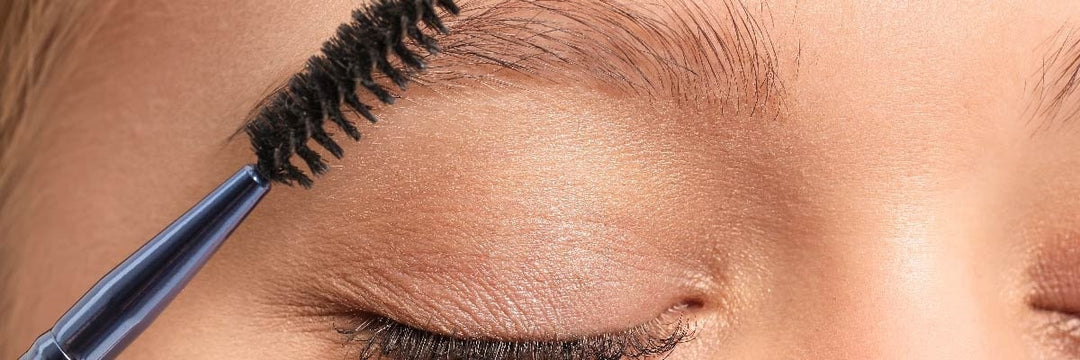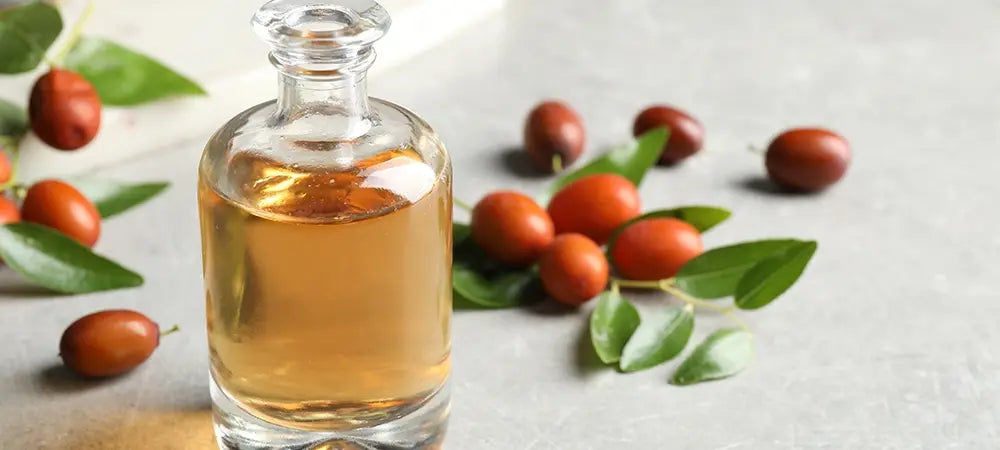Essential Oils Mixing Guide for Beginners
Essential oils are concentrated plant extracts commonly used in aromatherapy. These oils can be obtained from the roots, stems, barks, leaves, flowers and seeds of various plants. Essential oils are known not only for their pleasant scents, but also for their benefits to physical and emotional health. Lavender oil stands out for its relaxing properties, while tea tree oil stands out for its antiseptic properties. When creating herbal oil blends , it is important to consider the unique properties and benefits of each essential oil. In this way, it becomes possible to reach the desired benefit more quickly.
Aromatherapy Guide: Which Essential Oils Should You Mix?
The answer to the question of which oils should be mixed, which is a frequently asked question by those interested in aromatherapy applications, varies depending on the purpose of use. For example, if you want to create a relaxing blend , lavender oil and bergamot oil can be effective. Lavender oil is known for its calming and soothing properties, while bergamot oil can help reduce stress and improve mood. You can also add a little chamomile oil to this blend to reduce muscle tension and provide deeper relaxation. As a general rule, we can say that flower and tree/forest aromas have a relaxing effect.
For an energizing blend, lemongrass oil and peppermint oil can be used. Lemongrass oil can help you feel refreshed and lively, while peppermint oil can help you stay alert and reduce mental fatigue. Adding a little rosemary oil to the mix can help boost concentration and memory. All citrus oils are also effective in boosting mood and energy.
Experimenting with these blends can help you find the most effective combination for your unique needs. Remember, each person’s needs are different, so feel free to experiment with different oil combinations to find your own balance for body and mind.







